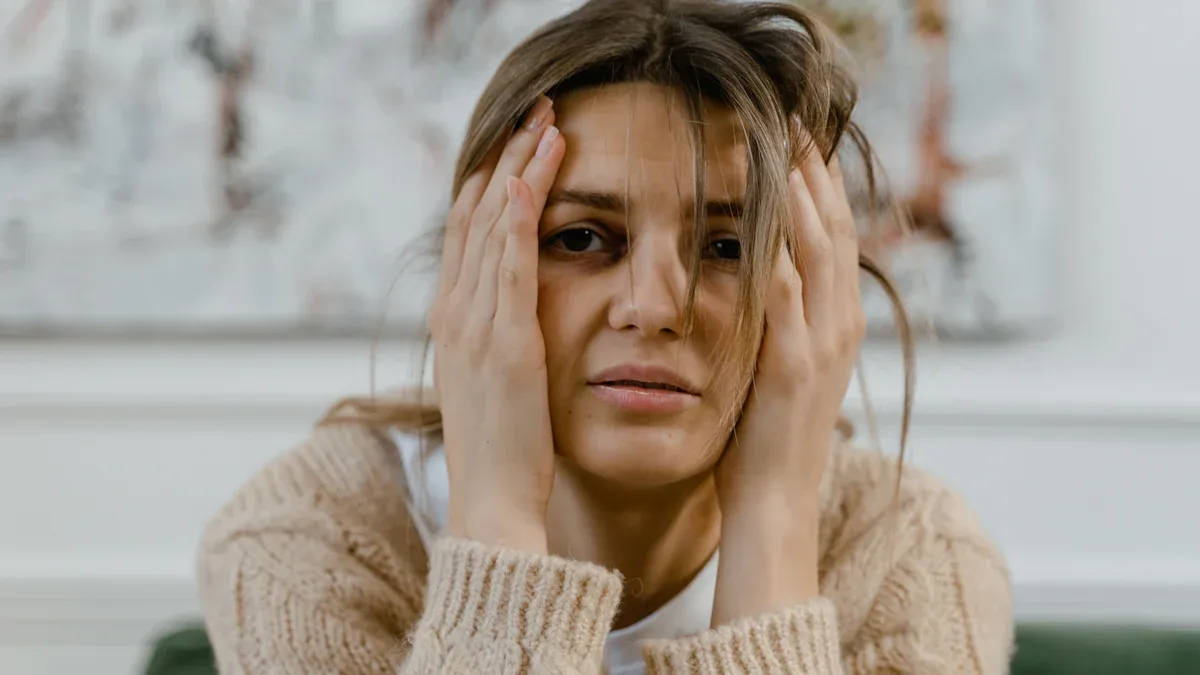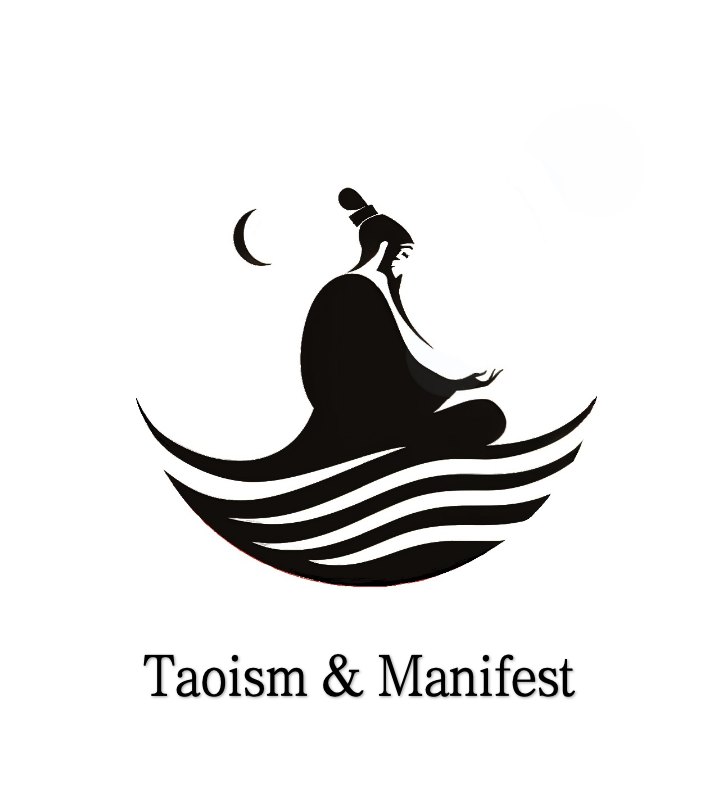
Best meditation practices for emotional trauma

You may ask if meditation practices help with emotional trauma. Many people feel better when they try meditation practices. Research shows that Mindfulness-Based Stress Reduction and Transcendental Meditation can lower anxiety. These meditation practices also help you feel better emotionally. It is good to start slowly and get help from a professional. This can make your experience safer.
Key Takeaways
Meditation can help lower anxiety and emotional pain. Practices like Mindfulness-Based Stress Reduction and Transcendental Meditation help people feel calm and steady.
It is important to start meditation slowly and in a safe place. You should think about getting help from a professional. This makes sure you have support, especially if you have trauma in your past.
There are different meditation techniques, like mindfulness, body scan, and loving-kindness. Each one has its own benefits. Try different methods to see what works for you and helps you heal.
Can meditation help trauma?
Benefits for emotional distress
You may wonder if meditation helps when you feel upset. Many people say meditation makes them feel calmer. It can help you feel more balanced. Studies show meditation lowers stress and anxiety. It also helps with depression. Over 200 studies say mindfulness and meditation help with these problems. Here is a table with one study:
Study Year |
Sample Size |
Findings |
|---|---|---|
2014 |
3,515 |
Mindfulness meditation helped with anxiety and depression. |
Meditation helps in different ways:
It helps you change negative feelings to positive ones.
You learn to pay attention to now, so hard memories feel less strong.
You practice letting your feelings be there without judging them.
You learn to be kind to yourself, which helps with shame or guilt.
Some studies show trauma-informed meditation helps women who survived violence or have PTSD. Mindfulness can stop you from getting stuck in bad thoughts. If you want to know more, read How Mindfulness Meditation Changes the Brain.
When to seek extra support
Meditation can help a lot, but sometimes you need more help. You should talk to a professional if you notice:
Panic attacks or worry all the time
Trouble sleeping or eating
Staying away from friends and family
Mood changes or anger
Thoughts of hurting yourself
Some people feel worse at hard meditation retreats. Almost 40% say they have bad effects, and some need extra help. If you ever feel unsafe or too upset, talking to a counselor or therapist is a smart and brave choice.
Understanding emotional trauma

What is emotional trauma?
You might wonder what "emotional trauma" means. Emotional trauma happens after something really upsetting or scary. This can be an accident, losing someone, or facing violence. Experts say trauma is how you feel after a serious event. The DSM-5 says trauma shows up as symptoms after something dangerous or life-changing happens.
Some signs of emotional trauma are:
Memories that come back when you do not want them
Staying away from places or people that remind you of the event
Bad thoughts about yourself or the world
Feeling nervous or jumpy all the time
Many things can cause emotional trauma. Look at this table:
Common Causes of Emotional Trauma |
Prevalence Estimates |
|---|---|
Unexpected death of a loved one |
28% to 90% |
Motor vehicle accidents |
N/A |
Being mugged |
N/A |
Other causes are:
Sudden death of someone close
Embarrassing moments
Breakups
Pandemics
Surgery
Bullying
Being ignored as a child
Domestic violence
Living in unsafe places
Serious sickness
If you want to know how mindfulness can help, check out How to Reduce Stress with Mindfulness Meditation Guide.
Mind and body effects
Emotional trauma changes your mind and body. You might think, feel, or act differently. Sometimes your body reacts even if you do not notice. Here is a table that shows some ways trauma can affect you:
Effect |
Description |
|---|---|
Amygdala Sensitization |
You feel scared or nervous even when things are safe. |
Impaired Prefrontal Cortex |
You have trouble focusing or controlling your emotions. |
Memory Distortion |
Your memories may feel mixed up or hard to remember. |
Chronic Stress |
Your body stays tense, and you might get sick more often. |
Somatic Symptoms |
You feel headaches, muscle pain, or other aches. |
Cardiovascular Impact |
Your heart health can suffer, raising your risk for disease. |
Dissociation |
You feel disconnected from your body or surroundings. |
You might also have:
Mood changes or get annoyed easily
Flashbacks or panic attacks
Trouble sleeping
Feeling tired or shaky
Problems remembering things
Trauma can cause long-term problems like anxiety, depression, and pain. It can also hurt your heart and blood pressure.
Meditation can help you notice these problems and start to heal. You do not have to deal with trauma by yourself.
Science & insights
Research on meditation
You might ask what science says about meditation and trauma. Many studies show meditation can help people with PTSD and emotional trauma. Researchers say mixing meditation with professional help works best. If you start with short sessions, you will not feel too stressed. Getting advice from a mental health professional is helpful.
Here is a table that shows how different meditation techniques help with trauma:
Meditation Technique |
Effectiveness Description |
|---|---|
Transcendental Meditation (TM) |
|
Mindfulness-Based Stress Reduction (MBSR) |
Brings good results, but it works differently for each person. |
General Findings |
All types help lower PTSD symptoms, but results depend on your age, trauma type, and how long you practice. |
Recommendations |
Experts say meditation should support regular therapy. |
You may see that meditation, especially MBSR, lowers stress and anxiety. Guided meditation can help you sleep better, which is hard for people with PTSD. Over time, you may feel closer to others and see better mental health.
Expert views
Experts say mindfulness helps, but you should use other resources too. If you feel strong stress, talk to a psychologist who knows about trauma. You can use tools in your practice to handle tough feelings. Experts suggest you:
Notice what makes you feel upset during meditation.
Use simple tools to handle big emotions.
Learn the difference between stress and trauma.
Try the Window of Tolerance to see if you are ready for meditation.
Remember, you can stop or pause if you feel unsafe.
You can focus on sounds or sights around you instead of your feelings. Some people use body sensations, like feeling their feet on the ground, as anchors. Experts say you do not need to think about painful memories during meditation.
Supportive environment
You need to feel safe when you try meditation. Where you meditate is important. Here are some ways to make your space supportive:
Pick places like parks or gardens. Walking outside helps you feel calm.
Find a spot with sunlight. Sunlight can make you feel happier.
Put plants inside. Plants clean the air and make your space lively.
Use soft colors like brown or green. These colors help you feel relaxed.
Use your five senses in your safe place. Notice what you see, touch, smell, hear, and taste.
-
If you do not have a safe space, imagine one. You can choose every detail to make it feel good for you.
Start slow
Going slow helps you not feel too stressed. You do not have to sit still or close your eyes if it feels hard. Try these ideas:
Change your practice. Move around, fidget, or keep your eyes open.
Try walking meditation. Pay attention to your steps and what is around you.
Meditate outside. Use your senses to stay focused.
Use hobbies like coloring or gardening as meditation.
Try trauma-informed meditations. These let you have more control.
Taking small steps helps you feel better as time goes on. Here is a table that shows some benefits:
Benefit/Technique |
Description |
|---|---|
Reduces Emotional Reactivity |
Mindfulness helps you step back from tough thoughts and feelings. |
Regulates Stress Responses |
Meditation lowers stress and helps you relax. |
Improves Overall Well-Being |
Doing meditation often helps you know yourself and feel more stable. |
Practical Tools |
Deep breathing and body scans help with PTSD symptoms. |
Professional guidance
You may not feel ready to practice alone. Working with a professional can make meditation safer. Find someone who:
Training Component |
Description |
|---|---|
Understanding Trauma |
Knows about trauma and can see signs of distress. |
Makes sure you feel safe during sessions. |
|
Emotional Trauma Aware First Aid |
Can help if you feel upset or overwhelmed. |
A trained guide helps you pick meditation practices that work for you. You get help and learn ways to handle hard feelings.
Best meditation practices for trauma

If you want to heal from emotional trauma, you can try different meditation practices. Each one helps in its own way. You do not have to use all of them. Pick the ones that feel right for you.
Mindfulness meditation
Mindfulness meditation teaches you to notice your thoughts and feelings. You do not judge them. You focus on what is happening right now. This can help you feel less stressed and more calm. Many people use mindfulness to help with anxiety, depression, and pain. You can sit quietly and pay attention to your breath or sounds.
Here is a table that shows how mindfulness meditation helps:
Study Focus |
Findings |
|---|---|
General Effects |
Mindfulness meditation is effective for reducing stress, anxiety, and depression. |
Specific Problems |
It helps treat issues like depression, pain, smoking, and addiction. |
Mechanism |
Mindfulness reduces the body's stress response, which can improve overall health. |
You can start with just a few minutes each day. Over time, you may feel more balanced.
Body scan
Body scan meditation helps you connect with your body. You move your attention from your head to your toes. You notice how each part feels. This practice helps you relax and let go of tension.
Body scan meditation means you focus on each part of your body. This helps you relax and notice how your body feels. It can help you let go of stress and tension.
Researchers found that doing body scan meditation for eight weeks lowers stress hormones. It also helps you feel less anxious. Here is what the study showed:
Source |
Evidence |
|---|---|
Wayne State University |
Body scan meditation over 8 weeks led to reduced biological stress (decreased cortisol) and psychological stress in participants (Schultnen et al., 2019). |
Mindfulness helps you notice your thoughts and feelings without getting overwhelmed.
Practicing mindfulness gives you space between what happens and how you react.
Doing body scan meditation often helps your mind and body work together and lowers anxiety.
Loving-kindness (Metta)
Loving-kindness meditation, or Metta, helps you send kind wishes to yourself and others. You repeat phrases like “May I be safe” or “May you be happy.” This practice can help you feel less angry and more connected.
You may feel less upset and have less pain.
Loving-kindness meditation lowers anger and helps you feel better.
You can feel more positive emotions like love, joy, and gratitude.
This practice helps you accept yourself and feel happier with your life.
People who do loving-kindness meditation every day often feel less pain and anger. You may also find it easier to connect with others.
Guided visualization
Guided visualization uses your imagination to picture calming places. You listen to a recording or follow a script. This helps you relax and feel safe. Guided imagery can lower anxiety, help with flashbacks, and support other therapies.
The guided imagery program by Belleruth Naparstek helps people with PTSD manage symptoms like nightmares and panic attacks. Visualization scripts help you relax and feel safe.
Study |
Findings |
|---|---|
Reddemann (2017) |
Guided imagery enhances internal regulation through structured mental visualization. |
De Paolis et al. (2019) |
Effective in pain reduction and emotional regulation. |
Shapiro and Brown (2019) |
Healing light technique reduces emotional intensity and enhances affect regulation. |
Polusny et al. (2015) |
Mindful breathing promotes calm and supports emotional regulation. |
Guided imagery helps you manage PTSD symptoms like flashbacks and feeling jumpy.
It works well with other therapies.
Techniques like mindful breathing and healing light help lower emotional distress.
Guided imagery helps people with PTSD by lowering anxiety and emotional pain.
It is very helpful for veterans who have tough symptoms.
Visualization scripts help you relax and feel safe, making it easier to handle emotions.
Breath-focused meditation
Breath-focused meditation teaches you to pay attention to your breathing. You notice each inhale and exhale. This helps you calm your mind and body. Many people use breathwork to lower anxiety and sleep better.
Findings on Breath-Focused Meditation |
Impact on Symptoms |
|---|---|
Reductions in PTSD symptoms |
Anxiety, irritability, sleep disturbances |
Consistency in practice |
Gradual adaptation to a calmer state |
Mindful Breathing Practices |
Effect on Anxiety |
|---|---|
Daily practice |
|
Improved emotional regulation |
Reduced negative thinking patterns |
Breathwork Technique |
Benefits for Trauma |
|---|---|
Wim Hof Method |
Changes heart rate variability, promotes feelings of safety and calm |
You can try simple breathing exercises, like counting your breaths or using the Wim Hof Method. These practices help you feel safe and steady.
Yoga Nidra
Yoga Nidra is a deep relaxation practice. You lie down and listen to a guide who helps you relax each part of your body. Yoga Nidra helps with trauma, PTSD, anxiety, and depression. Many studies show it lowers blood pressure and stress.

Study Year |
Findings |
|---|---|
2022 |
Documented over 20 clinical studies showing benefits like lowering blood pressure and reducing stress. |
2020 |
Suggested that 30 days of yoga nidra meditation can improve sleep quality and reduce stress. |
2018 |
Indicated effectiveness in reducing stress and anxiety. |
2017 |
Concluded that yoga nidra can complement treatments for chronic insomnia. |
iRest, based on yoga nidra, helps with trauma, PTSD, anxiety, and depression.
The U.S. Army Surgeon General says yoga nidra is good for trauma and PTSD.
Many people say they feel better and can handle their feelings after practicing.
Progressive muscle relaxation
Progressive muscle relaxation (PMR) helps you relax by tensing and letting go of different muscle groups. You start with your feet and move up to your head. This practice helps you notice tension and let it go.
PMR is great for managing anxiety and panic attacks. When your body relaxes, your mind feels calmer. This helps you feel more stable and safe.
Techniques like progressive relaxation help you move from survival mode to healing mode. You reconnect with your body in a safe way, which is important for emotional stability.
Grounding techniques
Grounding techniques help you stay present when you feel overwhelmed. You use your five senses to notice what is around you. One popular method is the 5-4-3-2-1 exercise. You name five things you see, four things you feel, three things you hear, two things you smell, and one thing you taste.
Grounding techniques help with PTSD and anxiety by using your senses.
They distract you from upsetting thoughts and feelings.
You can use grounding during panic attacks or flashbacks.
These exercises are easy to use every day.
Grounding helps you stop emotional reactions and come back to the present moment. You can use these techniques anytime you need to feel safe.
Tips for ongoing practice
Consistency without pressure
You might feel like you need to meditate every day or follow strict rules. You do not have to be perfect. Try to practice a little bit, even if it is just for a few minutes. You can sit quietly, walk, or listen to calming sounds. If you miss a day, that is okay. The most important thing is to keep coming back when you feel ready.
Tip: Set a gentle reminder on your phone or write a note to yourself. This can help you remember to take time for yourself.
Here are some ways to stay consistent without feeling stressed:
Choose a time that works for you, like after breakfast or before bed.
Use a journal to track how you feel after each session.
Celebrate small wins, like feeling calmer or sleeping better.
For more ideas on building a routine, you can explore How to Reduce Stress with Mindfulness Meditation Guide.
Adapting to your needs
Your needs may change from day to day. Some days you might want to try different meditation practices. Other days, you may need something simple, like deep breathing or grounding. Listen to your body and mind. If you feel overwhelmed, take a break or switch to a different technique.
Situation |
Practice to Try |
|---|---|
Feeling anxious |
Breath-focused meditation |
Trouble sleeping |
Yoga Nidra |
Overwhelmed |
Grounding techniques |
You can always adjust your practice. For those interested in incorporating a physical object to aid focus, you might find our guide on How to Use a Taoist Prayer Bracelet for Meditation helpful. If you want more tips on choosing the right method, check out How to Reduce Stress with Mindfulness Meditation Guide.
Remember, your journey is unique. You get to decide what works best for you.
You can use meditation as a gentle tool for healing. Try different practices like mindfulness, body scan, or grounding. Progress takes time, so be patient with yourself. Asking for help shows strength. You have the power to start your healing journey today.
FAQ
Can meditation make my trauma symptoms worse?
You might feel more upset at first. If you notice this, take a break or try a different practice.
How long should I meditate to see results?
Most people start with five minutes a day. You can increase time slowly.
What if I can't sit still during meditation?
You do not have to sit still. Try walking meditation or use your senses to stay present. Many people find movement helps them relax and focus.





